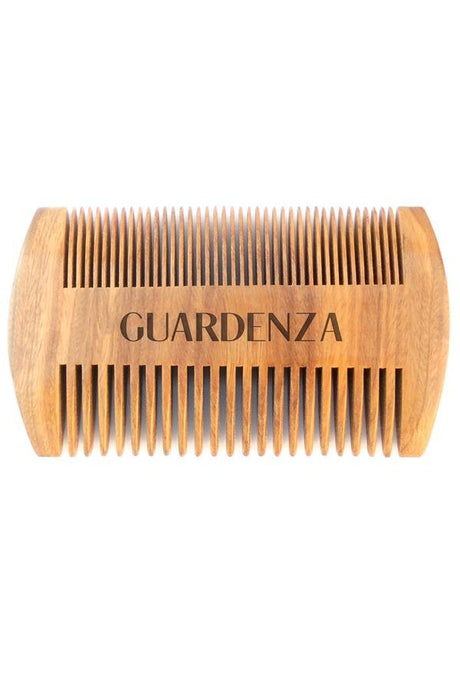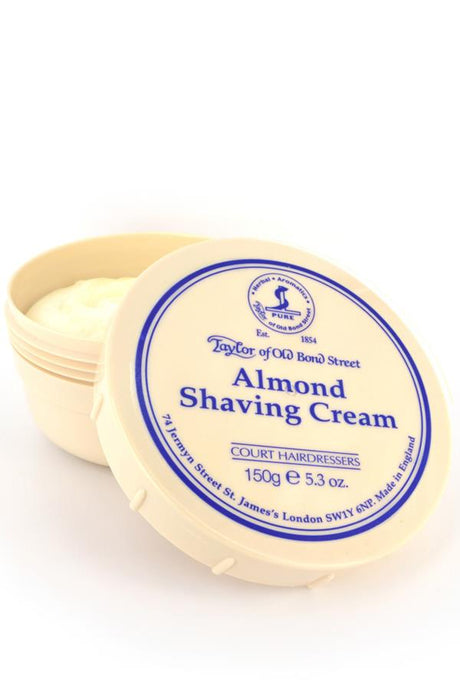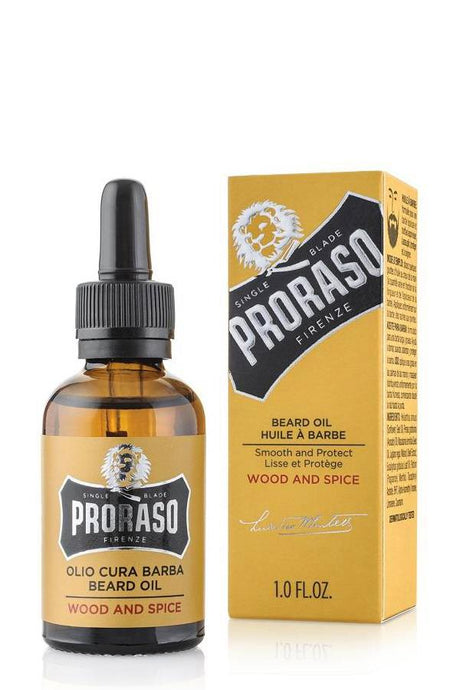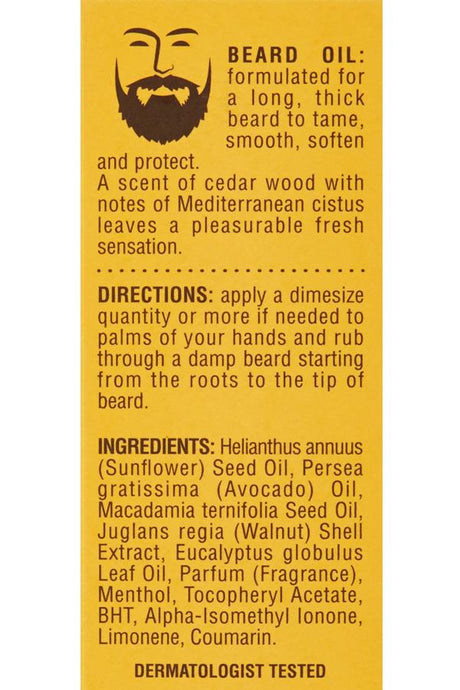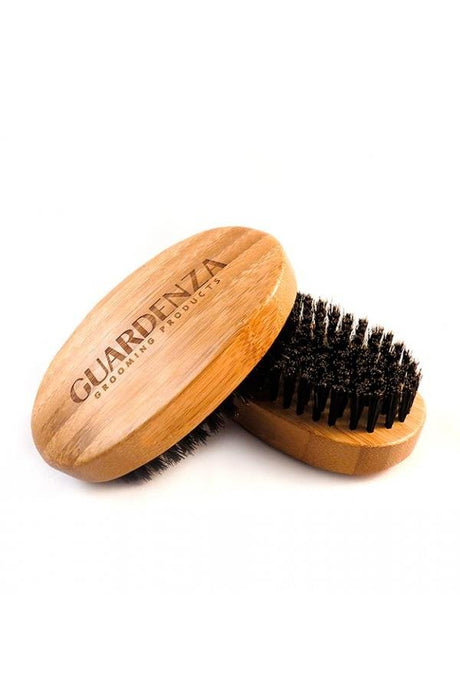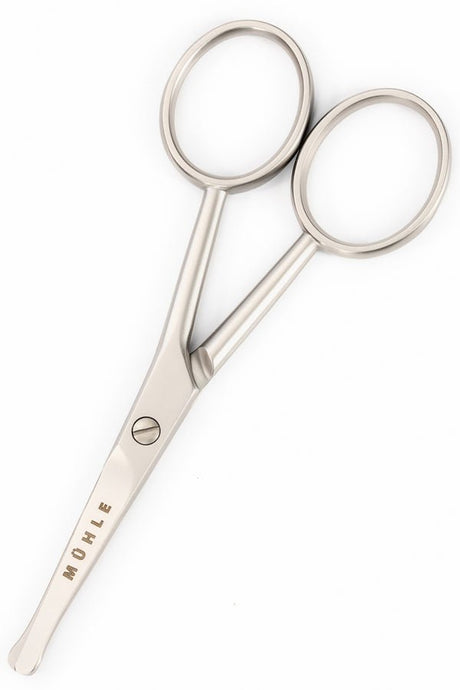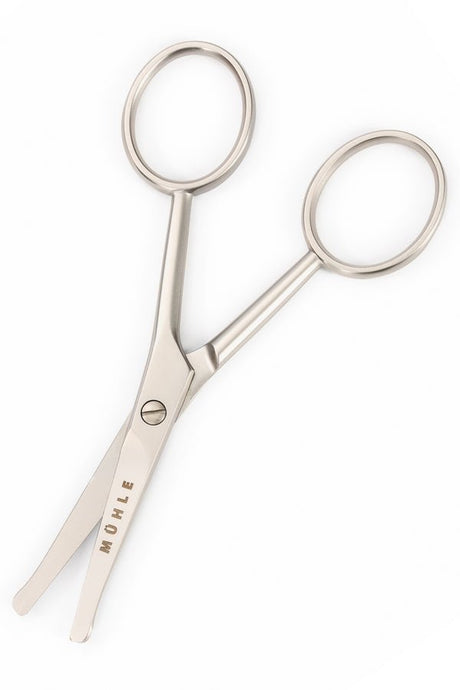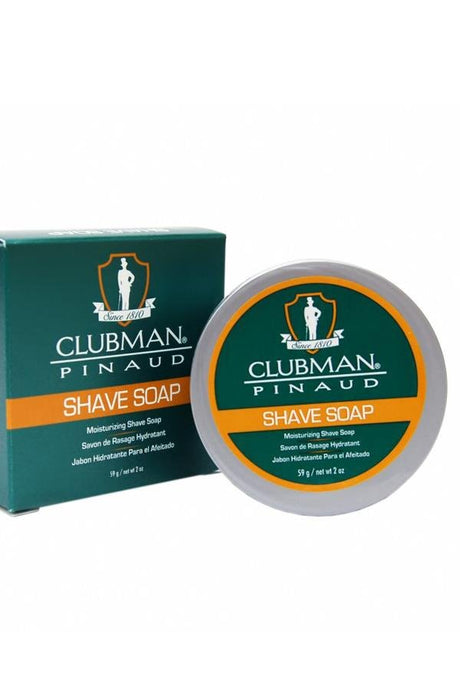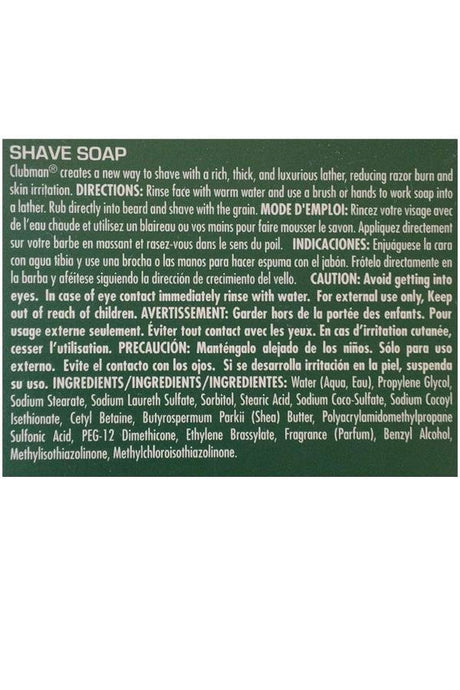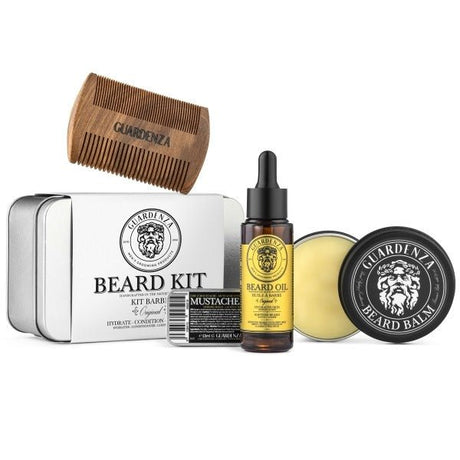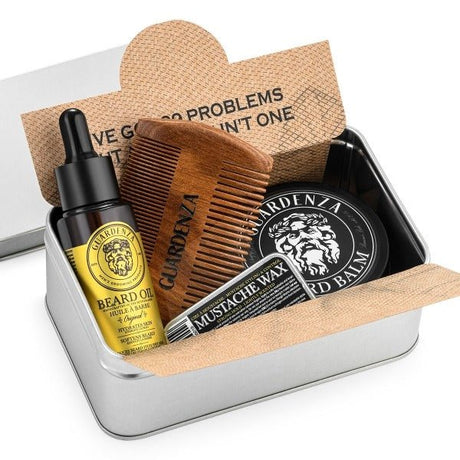A straight razor is a fantastic artisan product. We always say here: 'Cars are made by robots, straight razors are made by hand.' Production has been taking place in the same way for hundreds of years. The most beautiful and best straight razors come from Europe. There are many producers in the German Solingen and French Thiers, such as DOVO , Böker , Giesen & Forsthof (Timor) and Thiers-Issards . Hundreds of razors are manufactured every day in these factories with a lot of passion, love and craftsmanship.
The production of the straight razor consists of several dozen separate production steps. To recognize these steps, you first need to know what the parts of the razor are. In Thiers-Issard's detailed drawing you can clearly see the different parts of the razor.

It first starts with the base material for the blade. A round bar of metal is cut to length and heated red-hot. This round bar is then pounded flat in a die. This is done with a pressing machine. This mold has the rough basic shape of the blade. The excess burr is punched off in a punching machine. Tempering and hardening of the metal is of great importance. Depending on the type of steel, it is heated to 810° C or 1040° C. It is then cooled in special oil. The blade is then checked. Any curvatures are corrected manually or by means of a pressing machine. The special controlled heat treatment (tempering) creates the perfect steel: a combination of hardness and flexibility.

The blade is further processed and sharpened in the grinding shop. The blade is sharpened and milled in a few dozen steps. It starts with coarse grinding up to super fine, sharp and smooth, shiny. The foil of an open razor has a concavity: hollow ground. Hollow grinding of the shaving foil is the only way to get a super sharp edge and still maintain sufficient stiffness. The shaving foil is pushed by hand between 2 rotating grinding discs, which gives it its concave shape.


The shaving foil is then provided with an etching or gold-plated engraving. The etching is lasered into the metal using laser technology. The gilding of the shaving foil is done in an electrolysis bath. This covers the metal with a thin layer of gold.
The raw material for the handles is supplied by various regular suppliers. In the finishing/handle department, the wooden handles are polished smooth. The blade is manually clamped between the handles by means of silver nickel pins and rings. Clamping is done with a small hammer.

Finally, the razor is sharply polished step by step using different whetstones and finally polished super sharp with the razor strop. The sharpness of the knife is tested using the 'hanging hair test'. A loose human hair is held with two fingers and pressed against the edge of the razor. The knife is only really sharp when the knife splits the hair in half without much pressure. The razor is cleaned and packaged. Ready for use.



